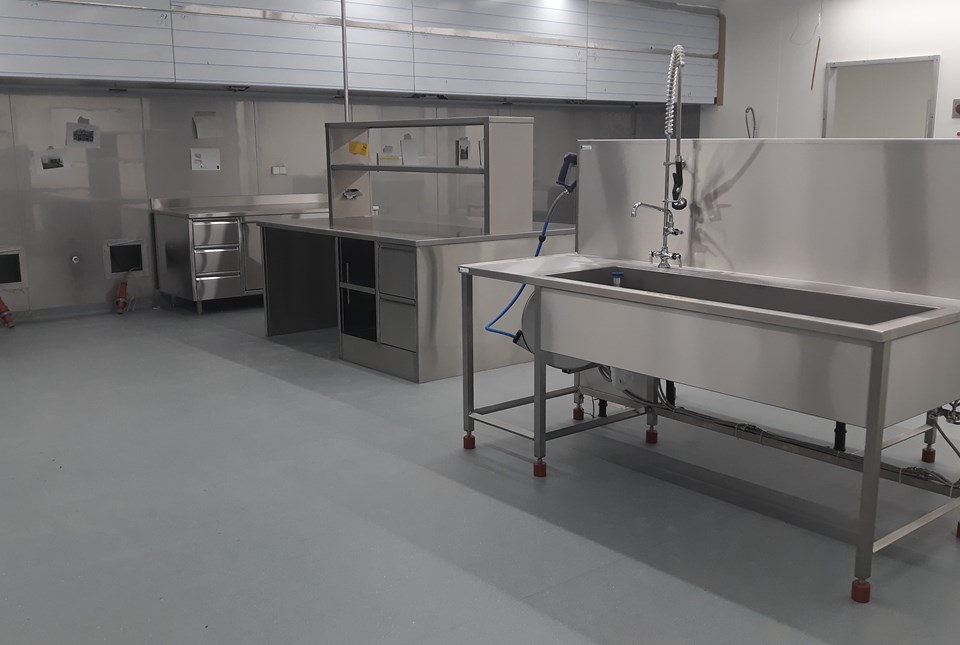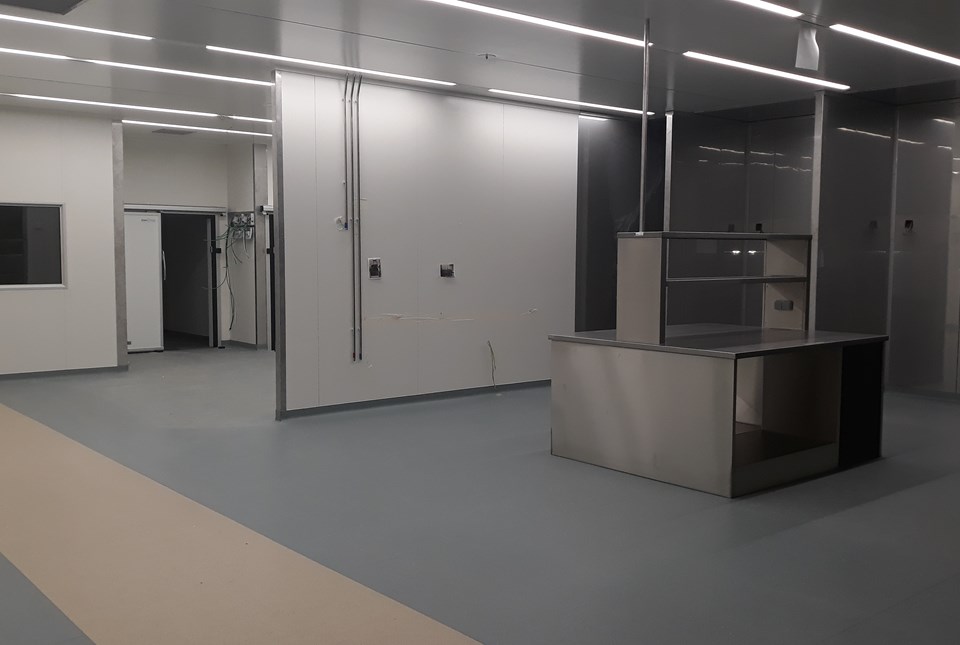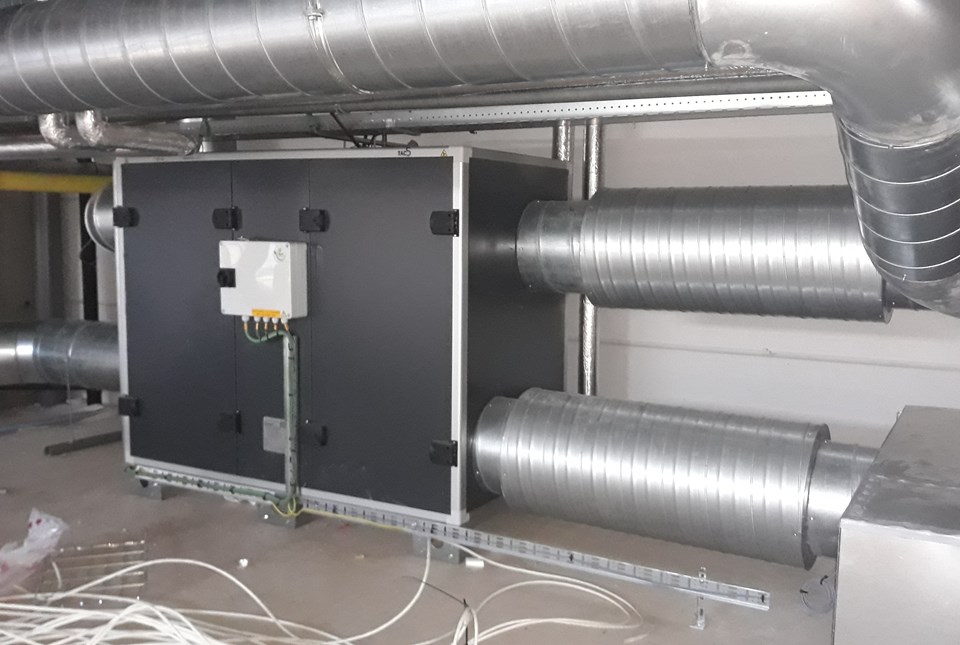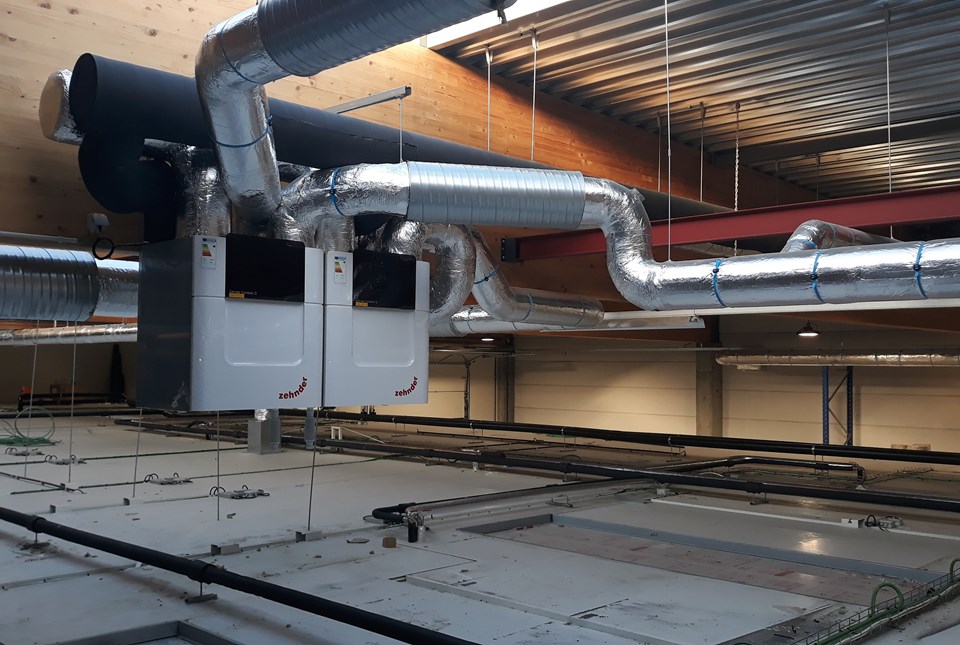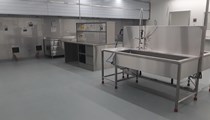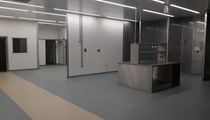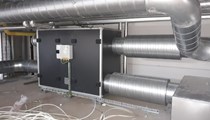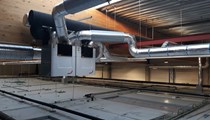Fresh & Veggie - new production hall
To optimise production flow, Fresh & Veggie moved to the industrial estate in Zottegem. A larger workshop, more spacious storerooms and a new infrastructure ensure a pleasant working environment. Workflows can be better elaborated and the strict hygiene and food safety regulations are easier to follow.
Customer
Fresh & Veggie
Location
Zottegem
Fresh & Veggie - New Production hall
To optimise production flow, Fresh & Veggie moved to the industrial estate in Zottegem. A larger workshop, more spacious storerooms and a new infrastructure ensure a pleasant working environment. Workflows can be better elaborated and the strict hygiene and food safety regulations are easier to follow.
![20201026 090015[1]](https://www.industrium.be//media/jsfh5uax/20201026_090015-1.jpg?quality=90&anchor=center&mode=crop&width=600&height=337&autorotate=true 600w)
BOX-IN-BOX
The family-run business makes artisan vegetarian meals for health food shops and catering outlets and had once started in a classic residential house. Over the years, it expanded further by also occupying adjacent houses. This was obviously not an ideal situation, either for efficient production flow or to keep up with strict HACCP standards.
In the new location - a hall totalling 1,800 m2 previously used as a clothing warehouse - 22 enclosed boxes were created. Facilities include a hot kitchen in two parts totalling 160 m2, a cold kitchen of 170 m2, an area for cutting cold products, a waste and washing-up area and space for (refrigerated) storage. The box-in-box design has the advantage that the spaces could be perfectly dimensioned for the new functions. The height was crucial here for efficient ventilation. If the internal ceilings were too low, the circulating air would have too high a residual velocity.
For hygiene reasons and to avoid rusting, the ventilation grilles in the ceilings are made of stainless steel, as are the water pipes. All techniques are located on top of the boxes and branch off from there in a direction downwards.
AUTOMATIC CONTROL MAKES MANAGEMENT EASIER
Hygienic air is blown into all rooms, from new air groups with heat recovery. The heating system is also completely new, with a gas-fired condensing boiler as the source feeding the batteries of the air groups. Blown-in air is used in the production areas, while the social areas are heated at low temperature via ceiling cassettes and radiant panels. Hot water for the kitchens is distributed to the various taps via a loop. By not using the traditional flow and return pipes to each tap point, not only did fewer metres of pipe have to be laid, but the return water also has less chance to cool down.
At the former location, both heating and ventilation had to be manually operated and controlled. This not only caused a loss of time but also resulted in defects or adjustments that were not adapted to changed conditions being difficult to spot and too late. The plants in the new location are equipped with automatic control. This allows central monitoring of heating and ventilation at a glance on the computer. If a problem arises or maintenance is due, the necessary action can now be taken quickly and efficiently.
EXTRACTOR HOOD DRAWS VACUUM (NOT)
In hot kitchens, large cooker hoods suck away water vapour and odours. With a flow rate of 20 m3 /h, a standard cooker hood could 'vacuum' the room, so to speak, which is obviously not the intention. We therefore advised the client to work with recirculating fume hoods, which supply half of the extracted air directly to the fume hood and the remaining half is blown in heated via grilles in the false ceiling. This ensures a comfortable working environment that does not feel too cold and avoids unpleasant draughts.
FUTUREPROOF
Food production companies place high demands on all technical installations. With our expertise in similar projects, we made it easy for the client to choose the optimum hvac and sanitary installations that meet the strictest hygiene and safety standards. Of course, we also took care of the concrete design down to the smallest details. With this new production site, Fresh & Veggie is ready for the future!
